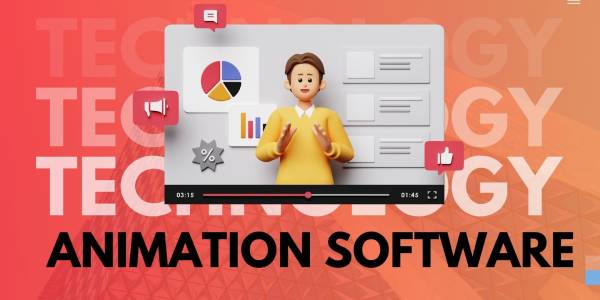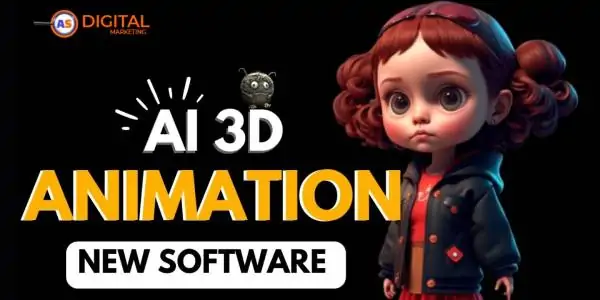
Welcome to a realm where your wildest dreams take shape in three dimensions! If you’re ready to explore the dynamic world of 3D animation, you’ve come to the right place. Our guide to the top 3D animation software opens the door to amazing tools. These tools help you bring your imagination to life with stunning visuals. These advanced platforms are designed to make your bold projects come alive. They offer detailed character design, stunning environments, and smooth animations. It doesn’t matter if you’re experienced or new; discover software that fuels your creativity and transforms your storytelling. Get ready to sculpt, animate, and render with unparalleled precision and flair!
These software programs help hobbyists and professionals make 3D animations. They are used for films, games, and TV shows. They offer a wide range of features and tools, so it is important to choose the right software for your needs.
Here is a Brief Overview of Each Software:
1.Blender
Blender is a free and open-source 3D animation software that is used by both hobbyists and professionals. It is a powerful tool for many tasks. You can use it for modeling, rigging, animation, simulation, and rendering.
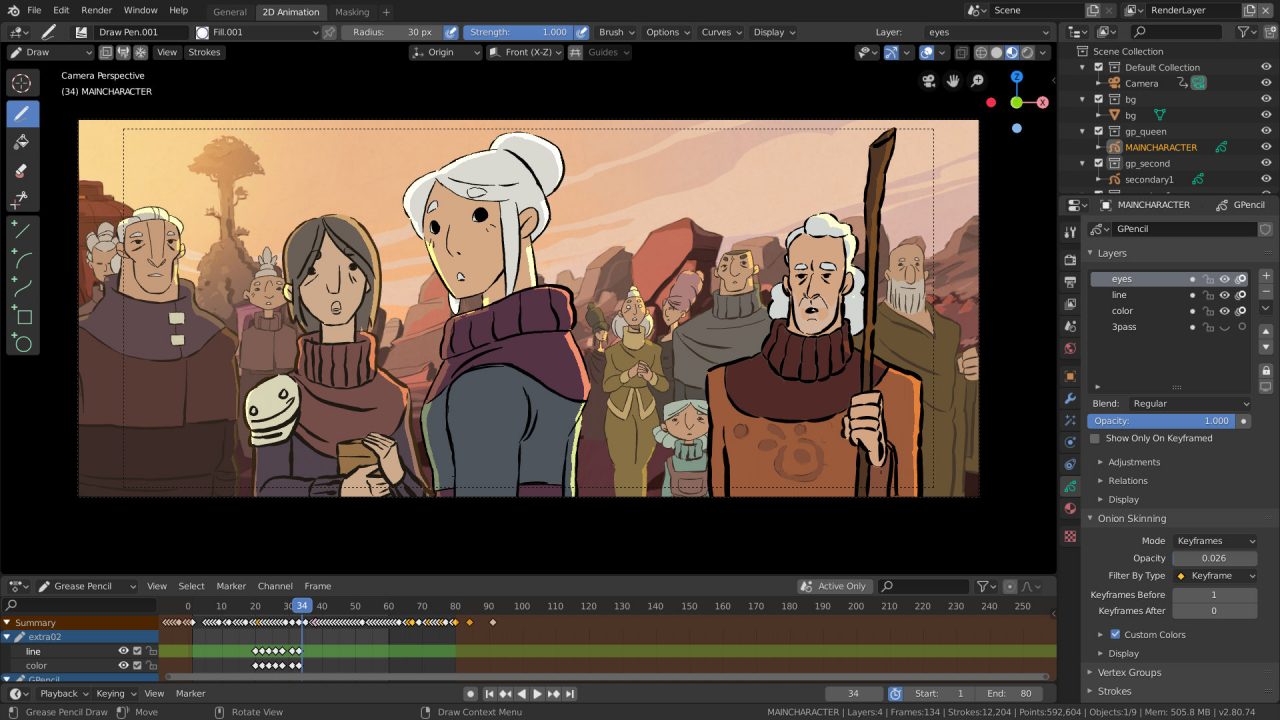
Pros:
- Free and open-source
- A powerful tool for many tasks
- User-friendly interface
- Large community of users
Cons:
- Can be complex to learn
- Not as feature-rich as some commercial software
Features:
- Modeling: Blender has many tools for 3D modeling. You can sculpt, extrude, and subdivide objects easily.
- Rigging: Blender includes a rigging system that allows users to create and control the movement of 3D characters.
- Animation: Blender has many tools for animating 3D objects. These include motion capture, keyframing, and inverse kinematics.
- Simulation: Blender includes a variety of tools for simulating physical effects, such as cloth, fluids, and smoke.
- Rendering: Blender has a strong renderer for making high-quality images and animations.
2. Autodesk Maya
Autodesk Maya is a 3D animation software. Many professional studios use it. It’s a powerful tool for many tasks. You can use it for modeling, rigging, animation, simulation, and rendering. Maya stands out for its advanced features. It also integrates well with other Autodesk software like 3ds Max and Mudbox.
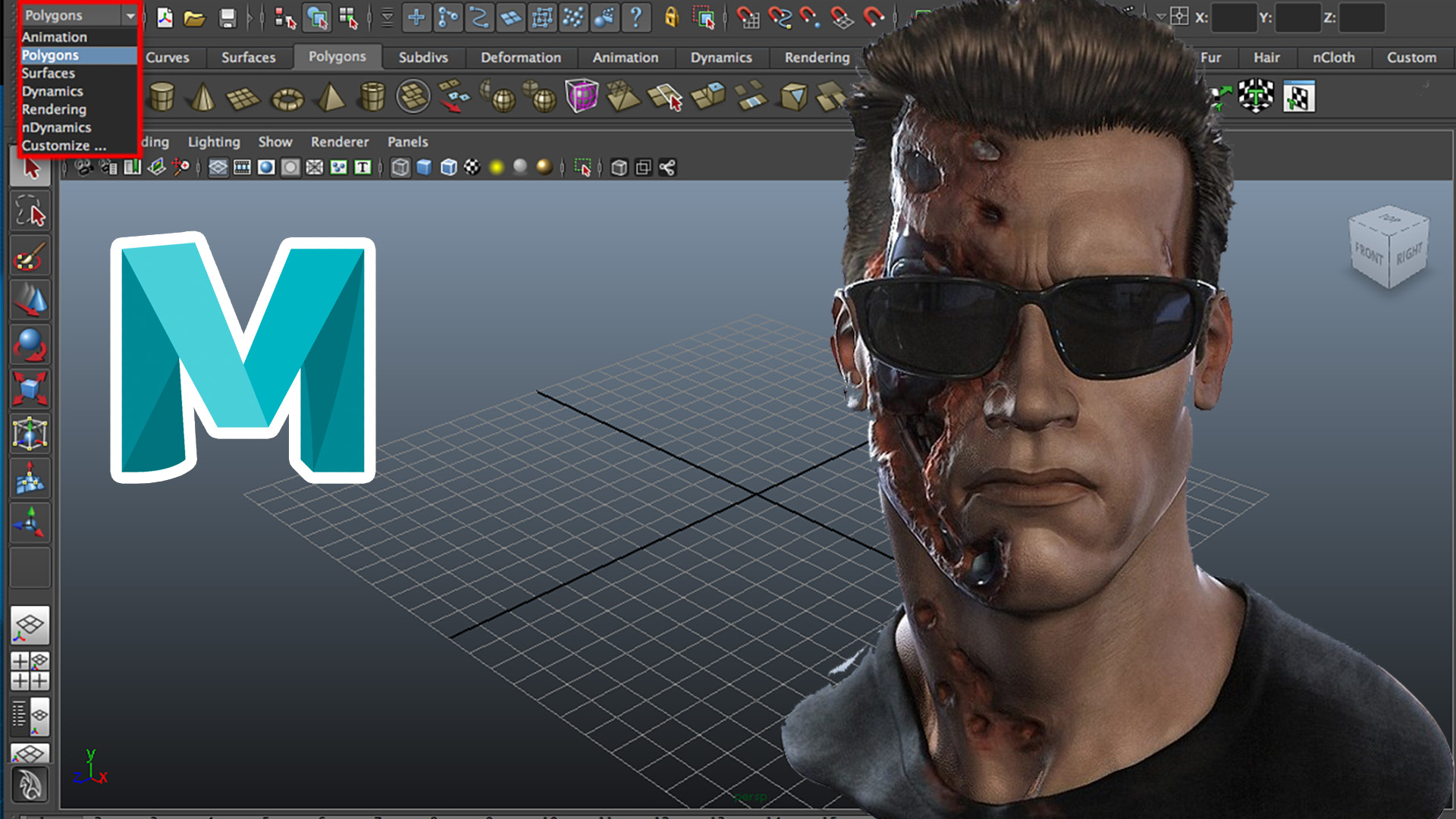
Pros:
- Powerful tool for a variety of tasks
- Advanced features Integration with other Autodesk software
Cons:
- Expensive
- Can be complex to learn
Features:
- Modeling: Maya offers many tools for 3D object modeling. You can sculpt, extrude, and subdivide.
- Rigging: Maya includes a rigging system that allows users to create and control the movement of 3D characters.
- Animation: Maya offers various tools for animating 3D objects. These include motion capture, keyframing, and inverse kinematics.
- Simulation: Maya offers many tools to simulate physical effects like cloth, fluids, and smoke.
- Rendering: Maya includes a powerful renderer that can be used to create high-quality images and animations
3. Cinema 4D
Cinema 4D is a commercial 3D animation software that is used by many professional studios. It is a powerful tool that can be used for a variety of tasks, including modeling, rigging, animation, simulation, and rendering. Cinema 4D is known for its intuitive interface and its ability to create realistic graphics.
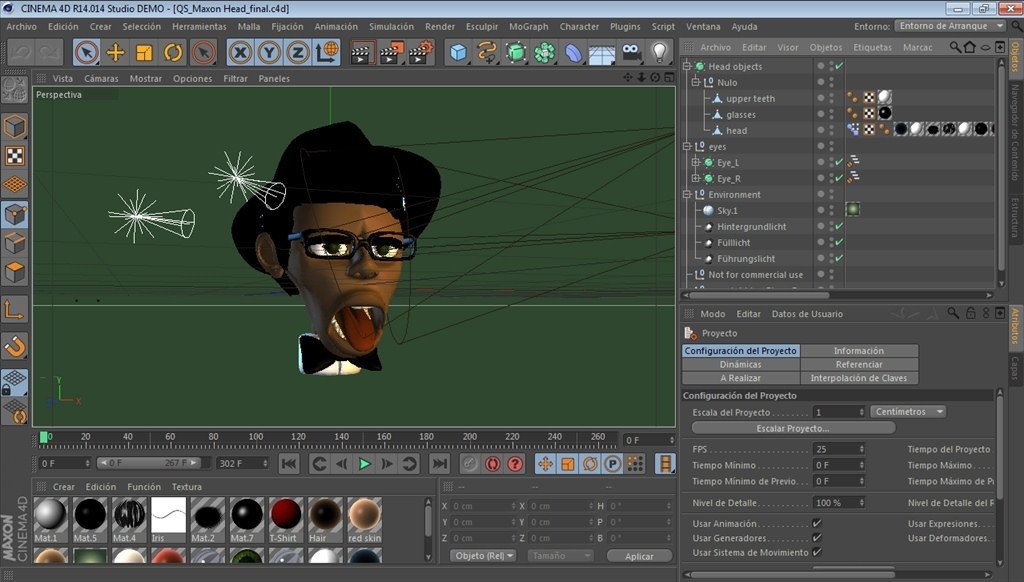
Pros:
- A strong tool for many jobs.
- It has an easy-to-use interface.
- You can make realistic graphics.
Cons:
- Expensive
- Can be complex to learn
Features:
- Modeling: Cinema 4D has many tools for modeling 3D objects. You can sculpt, extrude, and subdivide easily.
- Rigging: Cinema 4D includes a rigging system that allows users to create and control the movement of 3D characters.
- Animation: Cinema 4D offers many tools for 3D object animation. These include motion capture, keyframing, and inverse kinematics.
- Simulation: Cinema 4D includes a variety of tools for simulating physical effects, such as cloth, fluids, and smoke.
- Rendering: Cinema 4D includes a powerful renderer that can be used to create high-quality images and animations.
4. Houdini
Houdini is a commercial 3D animation software that is used by many professional studios. It is a powerful tool that can be used for a variety of tasks, including modeling, rigging, animation, simulation, and rendering. Houdini is known for its procedural modeling capabilities and its ability to create complex effects.
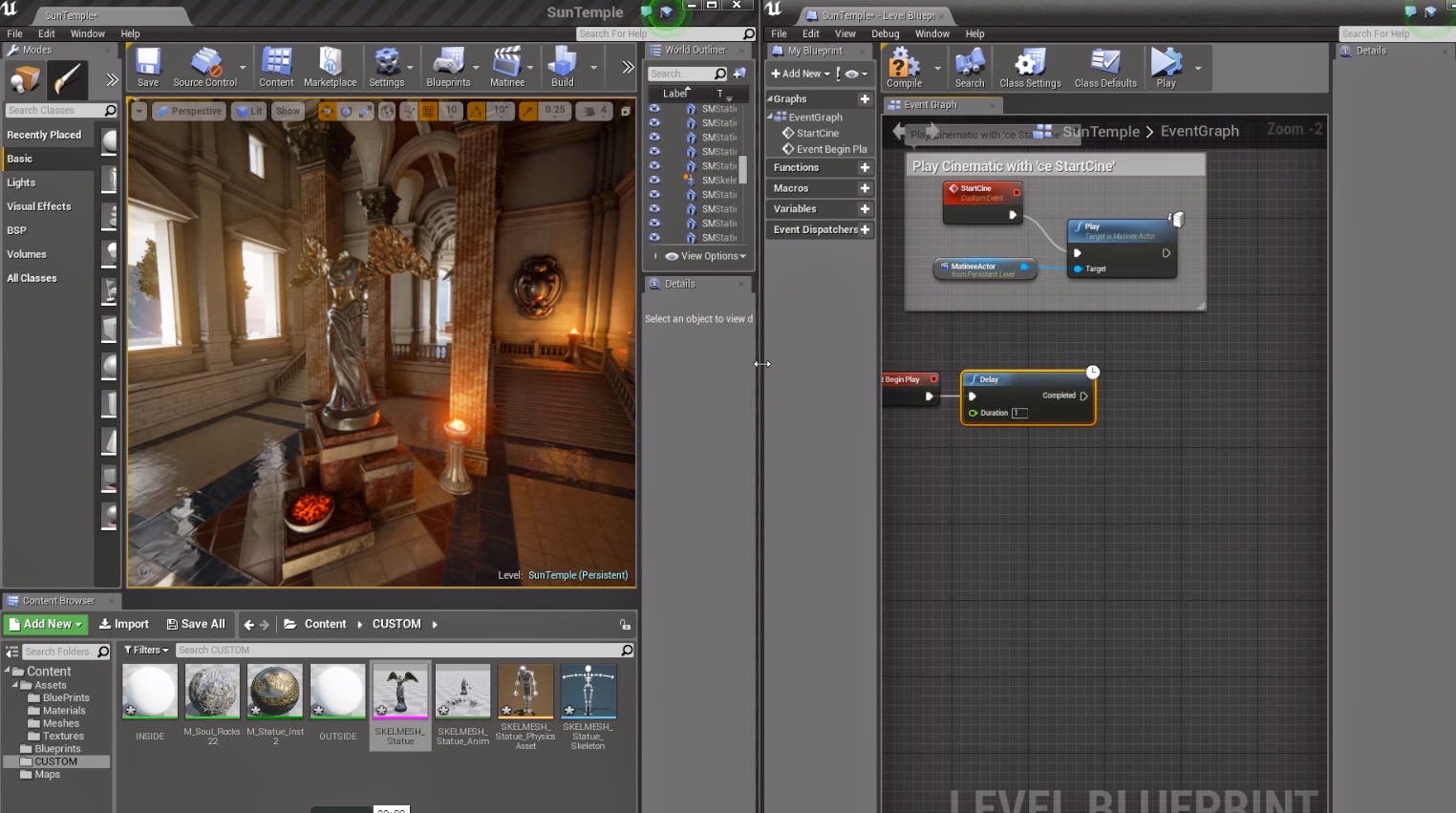
Pros:
- A powerful tool for many tasks
- Procedural modeling features
- Can create complex effects
Cons:
- Expensive
- Can be complex to learn
Features:
- Modeling: Houdini offers tools for modeling 3D objects. You can sculpt, extrude, and subdivide.
- Rigging: Houdini includes a rigging system that allows users to create and control the movement of 3D characters.
- Animation: Houdini offers many tools to animate 3D objects. You can use motion capture, keyframing, and inverse kinematics.
- Simulation: Houdini includes a variety of tools for simulating physical effects, such as cloth, fluids, and smoke.
- Rendering: Houdini has a strong renderer for making high-quality images and animations.
5. ZBrush
ZBrush is a digital sculpting tool. Many professionals use it to make high-quality 3D models. ZBrush is famous for its strong sculpting tools. It can easily create organic shapes.
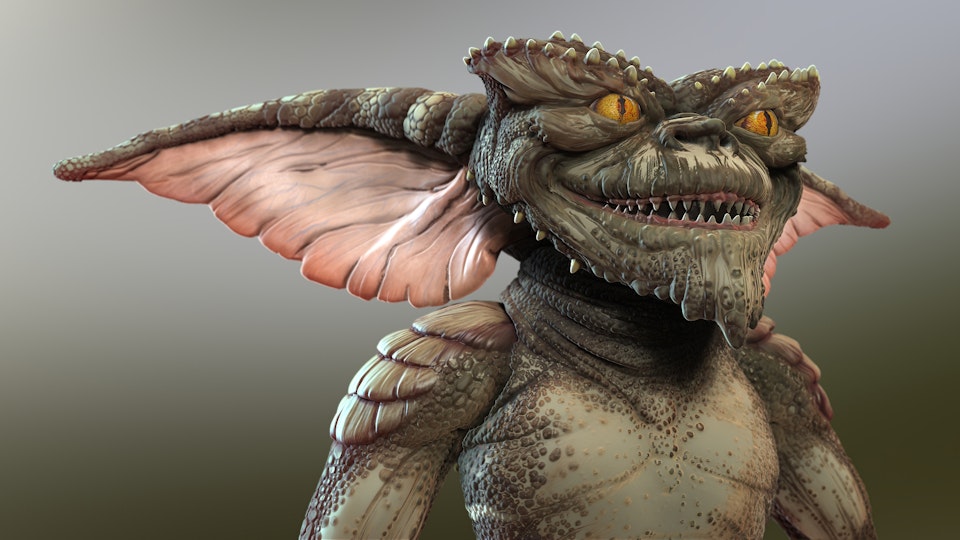
Pros:
- Powerful sculpting tool
- Ability to create organic shapes
Cons:
- Expensive
- Can be complex to learn
Features:
- Sculpting: ZBrush includes a variety of tools for sculpting 3D objects, including brushes, masks, and deformers.
- Modeling: ZBrush can also be used for modeling 3D objects, but it is not as powerful as other software.
- Animation: ZBrush cannot be used for animation.
- Simulation: ZBrush cannot be used for simulation.
- Rendering: ZBrush cannot be used for rendering.
6. Substance Painter
Substance Painter is a texture painting tool. Many professionals use it to make high-quality textures for 3D models. Substance Painter has a user-friendly interface. It can create realistic textures easily.

Pros:
- Intuitive interface
- Ability to create realistic textures
Cons:
- Expensive
- Can be complex to learn
Features:
- Texturing: Substance Painter includes a variety of tools for texturing 3D objects, including brushes, masks, and materials.
7. Marvelous Designer
Marvelous Designer is software that simulates cloth. Many professionals use it to create realistic designs. Marvelous Designer has a user-friendly interface. It can create realistic cloth simulations.
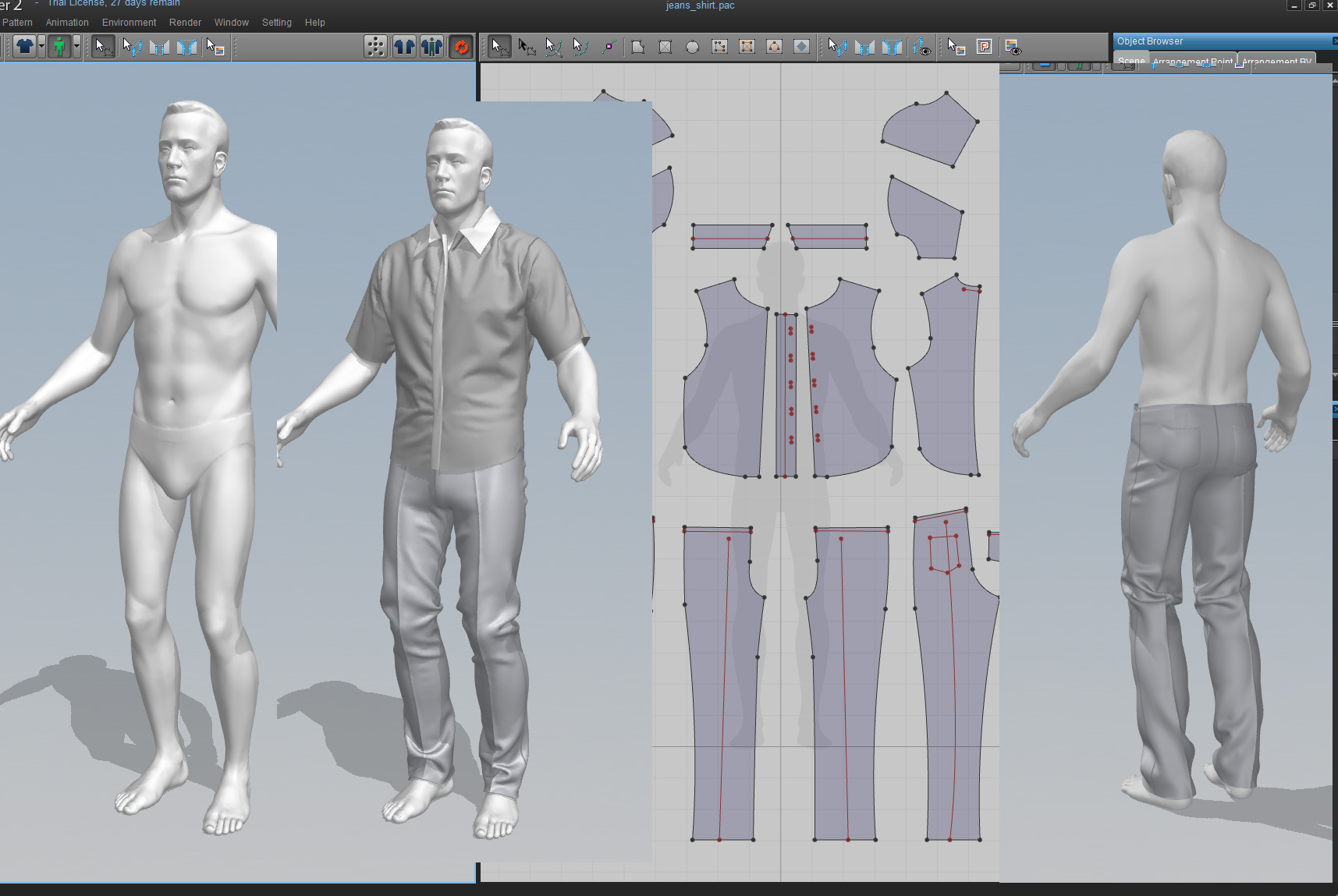
Pros:
- Easy to use
- Powerful simulation engine
- Wide range of materials and textures
- Support for multiple export formats
Cons:
- Can be slow for complex simulations
- Not as versatile as some other 3D software
- Not as good for creating organic shapes
8. Unity
Unity is a game engine that can also be used for 3D animation. Unity is known for its ease of use and its ability to create games for a variety of platforms.
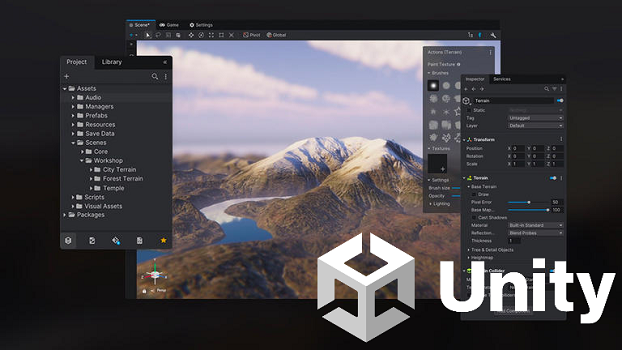
Pros:
- Free and open source
- Wide range of features
- Large community of developers
- Actively developed
Cons:
- Can be complex to learn
- Not as good for creating high-quality graphics as some other engines
- Not as well-suited for mobile development
9. Unreal Engine
Unreal Engine is a game engine that can also be used for 3D animation. Unreal Engine is known for its high-quality graphics and its ability to create games for a variety of platforms.
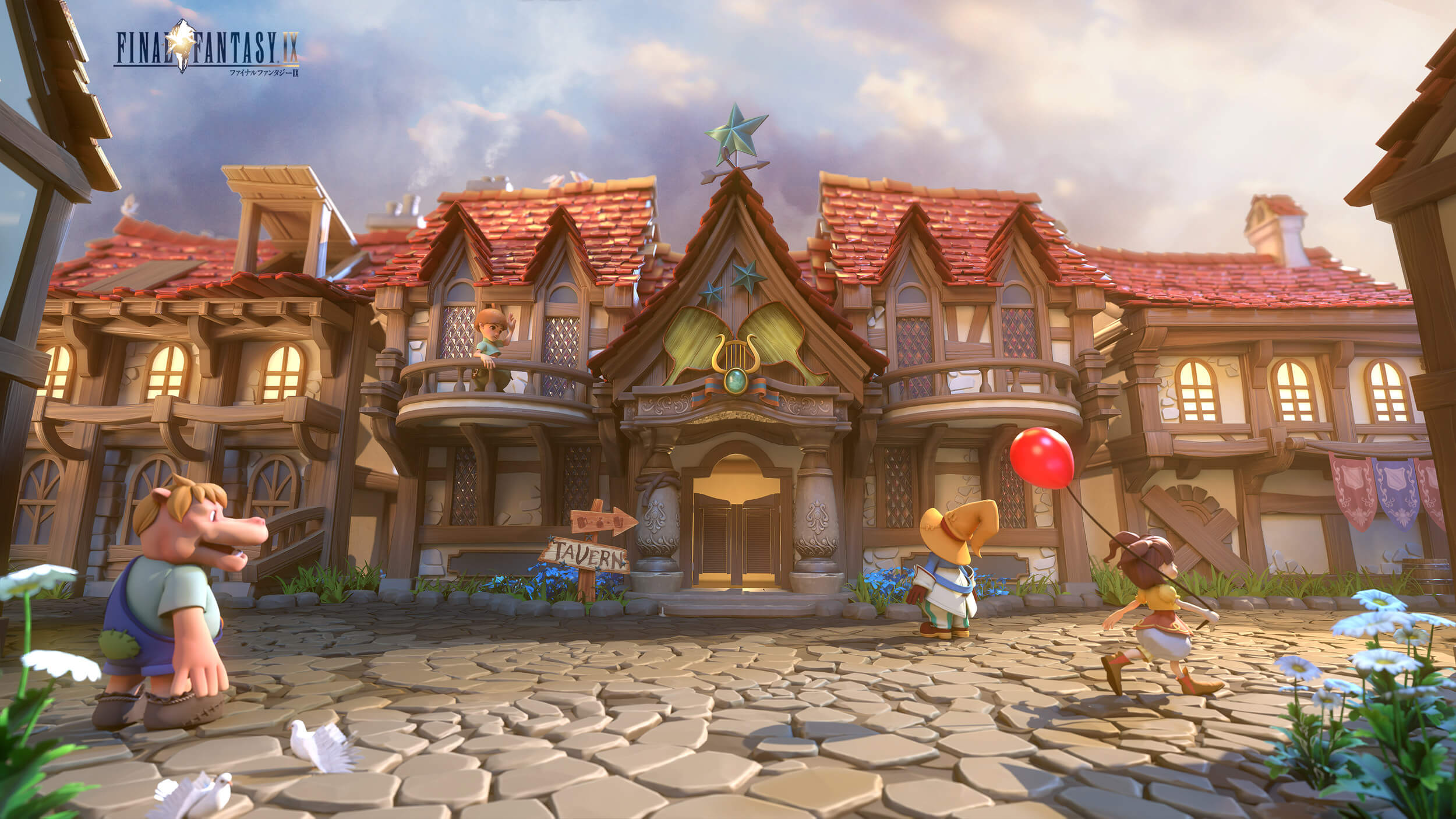
Pros:
- Powerful graphics engine
- Wide range of features
- Large community of developers
- Actively developed
Cons:
- Not free
- Can be complex to learn
- Not as well-suited for 2D development
10. Adobe After Effects
Adobe After Effects is a compositing software that can be used for 3D animation. After Effects is famous for its strong compositing tools. It helps create visual effects for movies and TV shows.
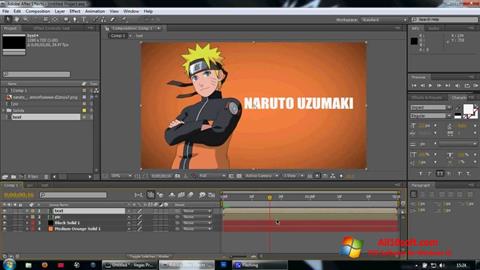
Pros:
* Powerful compositing software
* Wide range of features
* Large community of users
* Actively developed
Cons:
- Can be complex to learn
- Not as good for creating 3D graphics as some other software
- Not as well-suited for game development
Ultimately, the best software for you will depend on your specific needs and budget. If you are looking for a powerful 3D software that is easy to use, Marvelous Designer is a good option. If you are looking for a free and open source 3D engine with a wide range of features, Unity is a good choice. If you are looking for a powerful graphics engine with a large community of developers, Unreal Engine is a good option. And if you are looking for a powerful compositing software with a wide range of features, Adobe After Effects is a good choice.
These are just a few of the many 3D animation software options available. It is important to choose the right software for your needs and budget.

